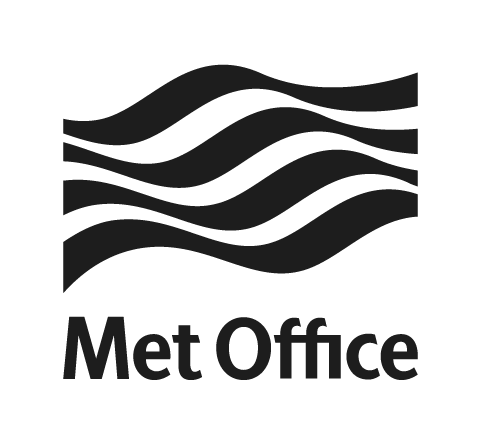Development Guidelines
Below are details on the development process to be used when working on Vernier.
If you have not used Git version control for development before, it is recommended you check out Version Control with Git and Git and GitHub Working Practices.
Issues and/or Pull Requests
The development of Vernier can be tracked via GitHub issues and/or pull requests. Having an issue for every pull request (PR) is not mandatory, but a pull request is required for merging changes to the main branch.
For instance, a simple bug fix can be provided directly via a PR. Larger pieces of work should be discussed in an issue first, and then a PR can be created once the changes are ready for review. If discussion of a feature is in its earliest stages it may be more appropriate to start the discussion on the Vernier GitHub Discussions page.
Development Process
All development Must be done on a fork of the main repository. It is recommended that you create a new branch for each issue or PR. This allows you to work on multiple issues at the same time, and also allows you to keep your main branch clean.
Create an issue to document the needed changes if appropriate. If in doubt it is better to create an issue than not.
Create a branch on your fork of the repository.
Develop the changes on your branch in accordance with the Vernier code style (This is enforced via Clang Format as part of the CI testing).
Make sure the changes are tested appropriately. This may include unit tests and/or system tests. See the Testing section for more information.
Update of add any documentation as needed. This may include updating the Sphinx documentation and/or Doxygen API documentation in the source code.
Once you’re happy your changes are ready to be merged into main please follow the guidelines in the Review Process section.
